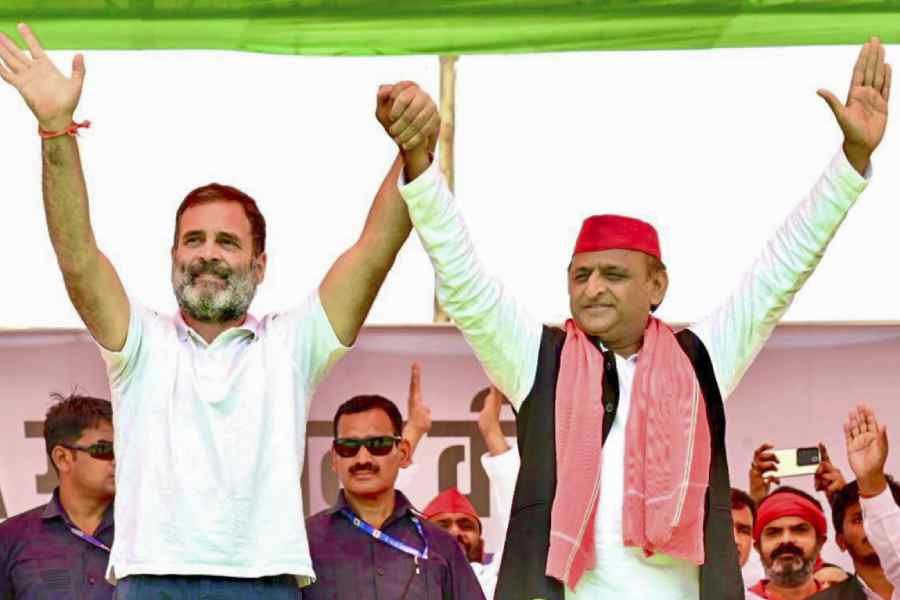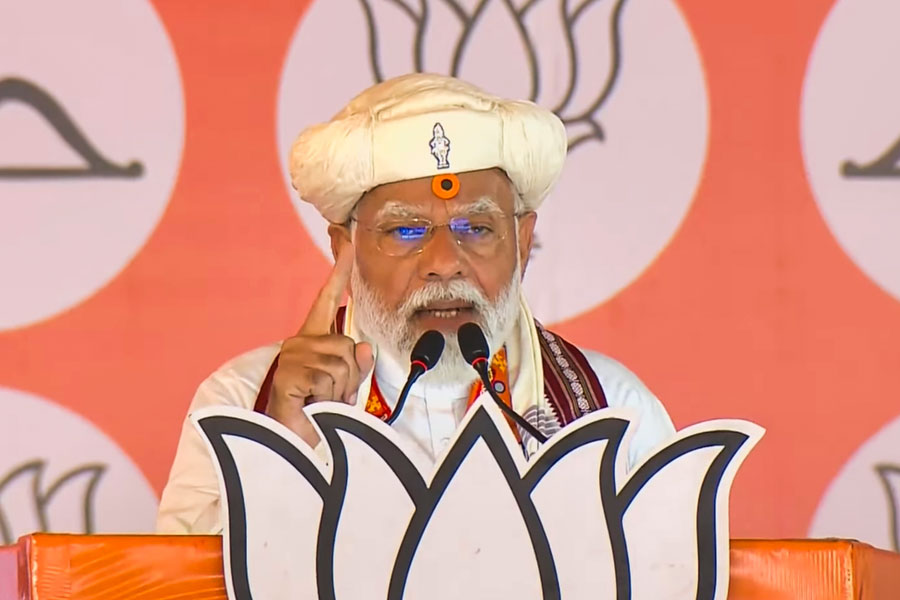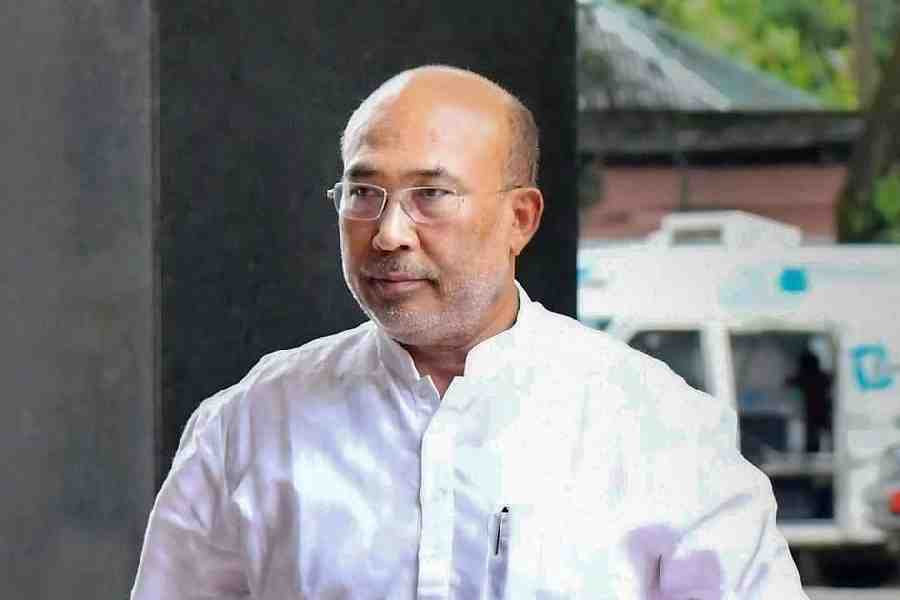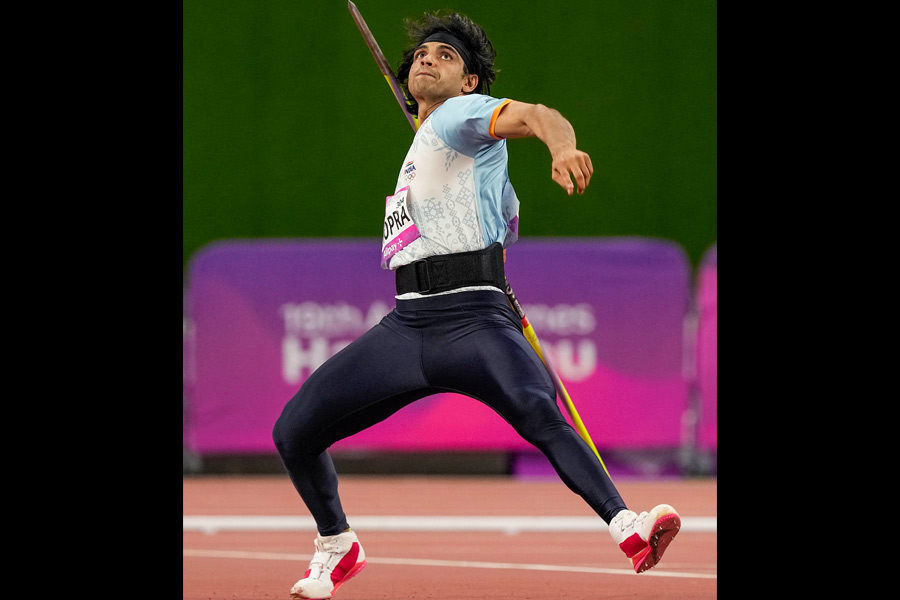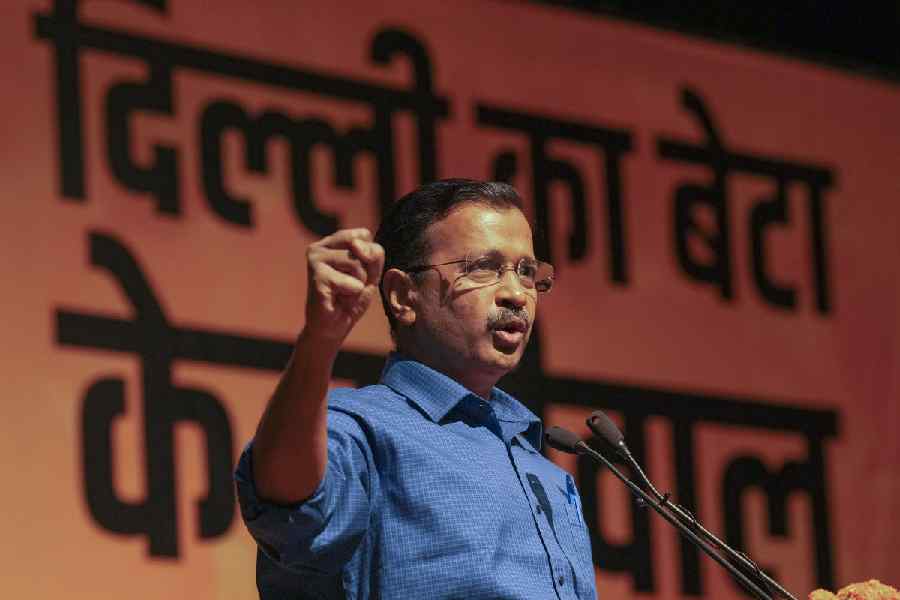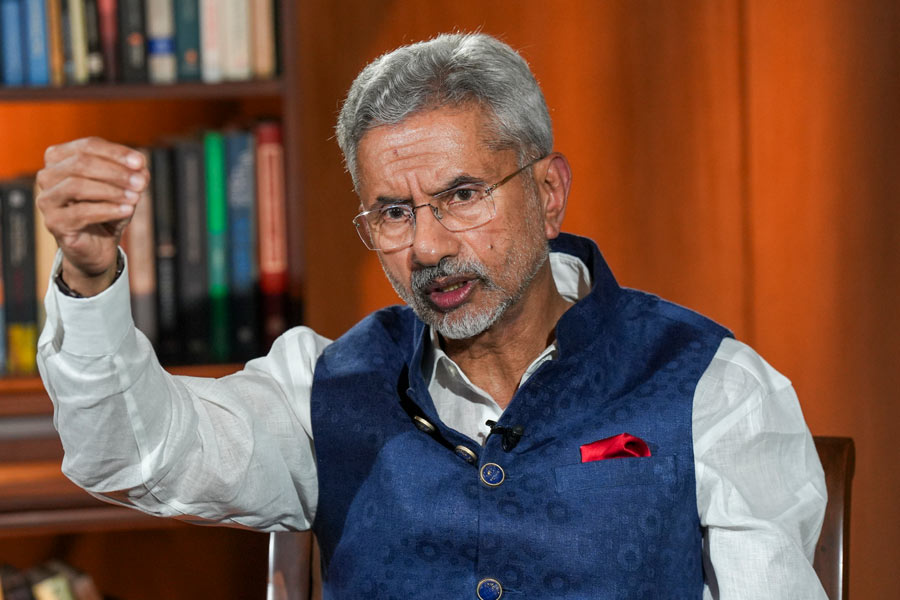|
|
The reform and regulation of the ways in which elections are financed remain the single most difficult challenge for the Indian democracy. Arguably, all attempts at reform will come to naught unless the question of political finance is tackled head-on. The imperative to raise money for elections, combined with unrealistic, unworkable and unenforceable existing laws on campaign finance, produces profound distortions in the working of Indian democracy. The need to raise funds for elections is one of the primary motivations for collecting an estimated Rs 70,000 crore over five-year cycles of all elections.
With politicians almost required to use their office to raise such funds, the entirety of government becomes one giant edifice to collect rents. At least some of the roots of corruption lie in the imperatives to raise finance in a context where the cost of elections is high, the legitimate rewards of office low, the chances of re-election uncertain, and the organizational effort required to mobilize voters is massive. The repercussions of the existing ways of collecting campaign finance are felt across all areas of public life.
Most democracies attempt to regulate election finance in four ways. Democracies can limit political expenditures of parties, they can place limits on private donations and contributions, they can offer public funds for contesting elections, or they can introduce measures that bring about transparency in the process of generating funds. The idea behind the last measure is not so much to restrict fund raising activities, as it is to provide information to the voters on who is raising money from whom.
The Indian effort to regulate election finance has largely concentrated on limiting election expenditures. But this measure has proved to be self-defeating for a number of reasons. Given the complicated logistics of most constituencies, a ceiling of Rs 15 lakh for parliamentary constituencies and Rs 6 lakh for assembly constituencies are arguably unrealistically low. The state also — as the recent report of the national commission to review the workings of the Indian constitution reiterates — continues to try and manage campaigns in detail by fixing the length of the campaign and so forth. Most of these measures are ineffective in regulating campaign finance.
The attempts to place limits on private donations by, for example, allowing companies to contribute up to 5 per cent of their profit to political parties have proved ineffective for a number of reasons. Most important, under the present legal dispensation, both the donors and parties have very little incentive to reveal the extent of their donations. Monitoring and enforcing limits on individual contributions are impossible in the absence of any kind of transparency. But the challenge for the Indian state is that the widespread opaqueness of our financial system all across the board makes it difficult to monitor such financial flows. Arguably, we cannot get realistic campaign finance reform unless whole sectors of our economy, like real estate markets that generate “black money” and the system of taxation which more effectively scrutinizes the flow of money that makes elections possible, are reformed. But we are in a vicious circle where we will not get reform of the state in part because of the need to generate rents to finance elections, and an unreformed state will continue to be ineffective in regulating electionmoney.
The third means of regulation, state-financing of elections, has not been tried much in India. In almost all democracies except the United States of America and the United Kingdom, the proportion of public financing of elections has been consistently rising in relation to private funding. The costs of public financing are not as high as might seem. Lok Satta, the only organization that is doing imaginative work in this area, has circulated a proposal that evolves a complex formula for public supplement of private funding, that would cost less than Rs 250 crore per election, based on an assumption that the total ceiling for each constituency will be somewhere in the region of Rs 50 lakh. The good news is that as percentage of gross national product, the cost of elections is probably going down substantially, and public funding, properly instituted, is not entirely unaffordable.
Public funding can take not only the form of direct grants but also indirect subsidies like free radio and television time. The challenge for public funding however is this. It appears from comparative experience that public funding, ironically, works better in systems that are already effective and transparent to some degree. For public funding formulas to be effective, certain conditions have to be met. First, public funding must encourage rather than supplant private funding, because if seen as a substitute for private funding, it becomes prohibitively expensive. Second, public funding should be fair and transparent. It should not be a means for already existing party oligarchies, which usually derive their power from their ability to raise funds, to strengthen their hold on parties.
In short, to be fair, public funding presumes that political parties are transparent, well run and considerably democratic in their internal workings. Most Indian political parties have no effective intra-party democracy, and in the absence of serious reform in party structures, public funding is unlikely to yield good results. Third, one should not overestimate the degree to which public funding can be a panacea. Every single European country with public funding of elections, from Germany to Italy and Belgium, has continued to experience financial scandals relating to politics.
The fourth prong of regulation, transparency, has been very weak in India as well. Although party accounts are supposed to be audited regularly, these have proved to be an ineffectual check on party finances. Much of the recent effort of bodies like the Supreme Court and the Election Commission has been to try and strengthen the disclosure requirements for political parties and candidates. Declaration of a candidate’s assets, regular scrutiny of part accounts that require the disclosure of all donors who contribute more than Rs 10,000, and the filing of party tax-returns are all steps in the right direction. A tax-return is hardly the most reliable register of the true well-being of most Indians. Inducing transparency in election finance is parasitic upon the state being able to better regulate other non-electoral institutions that impinge upon election finance.
Any sensible strategy for regulating campaign finance will have to work on all these four dimensions simultaneously and bring them together in sustainable, realistic and imaginative ways. Unfortunately, comparative experience suggests that there are no quick legislative remedies. Indeed campaign finance reform all around the world is replete with an ever-expanding universe of dead-letter rules that cannot be enforced, though effective disclosure and transparency norms certainly help.
The real issue is: can the costs of getting elected be held down? A substantial amount of spending on the logistics of elections is inevitable, and we ought to be realistic about these expenses. But evidence from India suggests that a substantial amount of campaign resources go into placating various constituencies, a polite way of describing “vote-buying”. Ironically, the costs of elections increase as the distinguishing characteristics of individual candidates matter less and less to elections. What increasingly distinguishes one candidate from another is mobilizational and fund-raising capacity, not ideology or personal competence.
So long as elections remain largely about the former, campaign costs will continue to soar. But unless a genuinely creative solution to the problem of campaign financing is found, money will continue to usurp politics, or in Gibbon’s words, “corruption will remain the one infallible sign of our liberty”.






